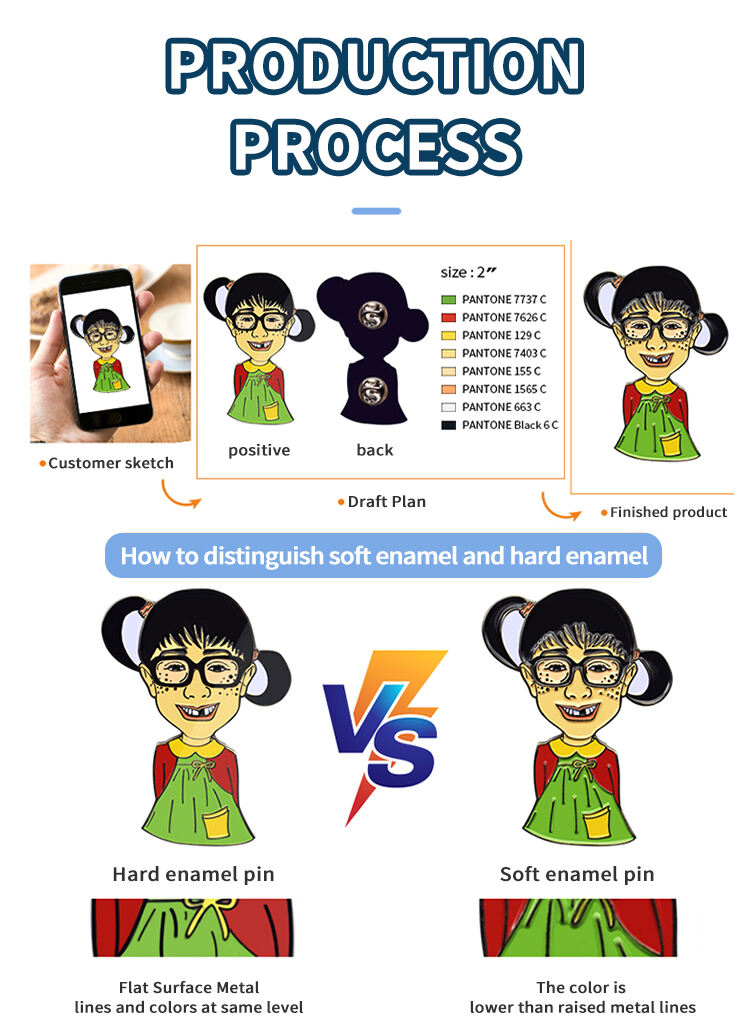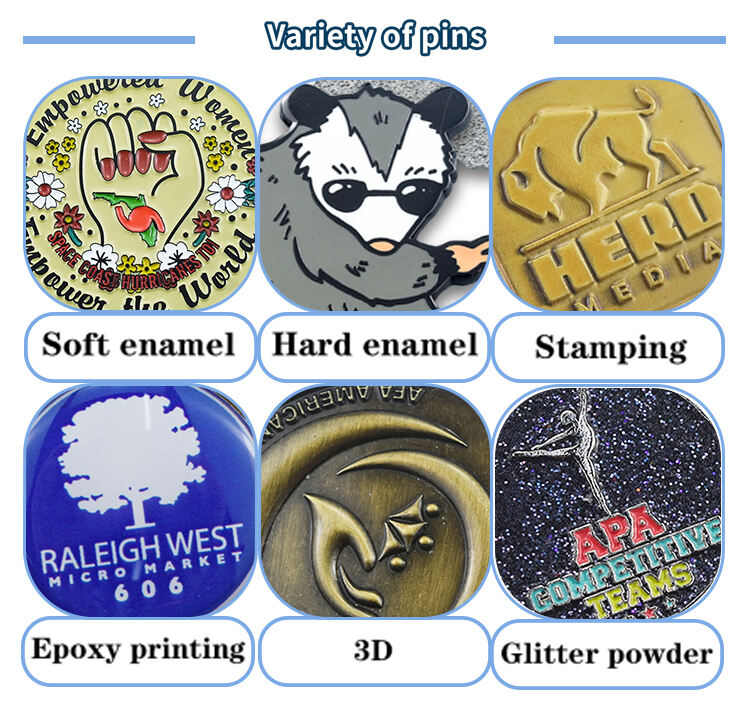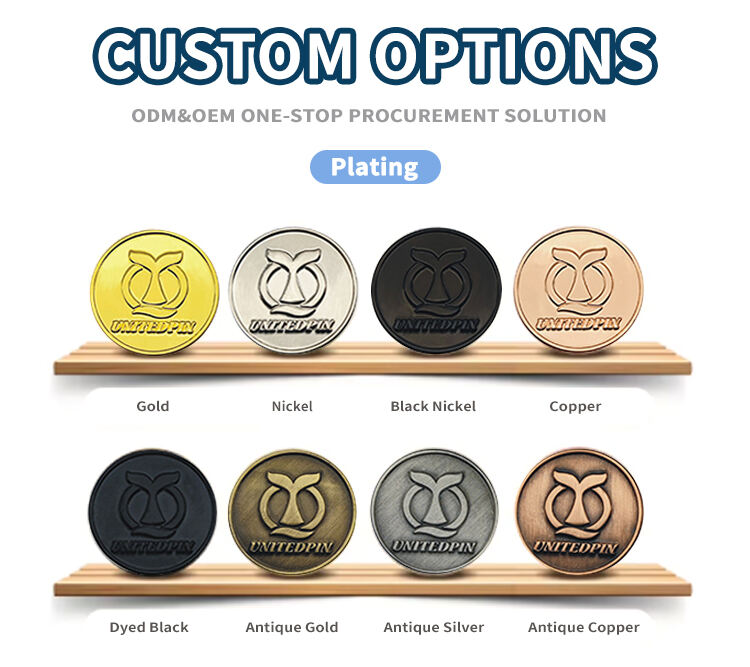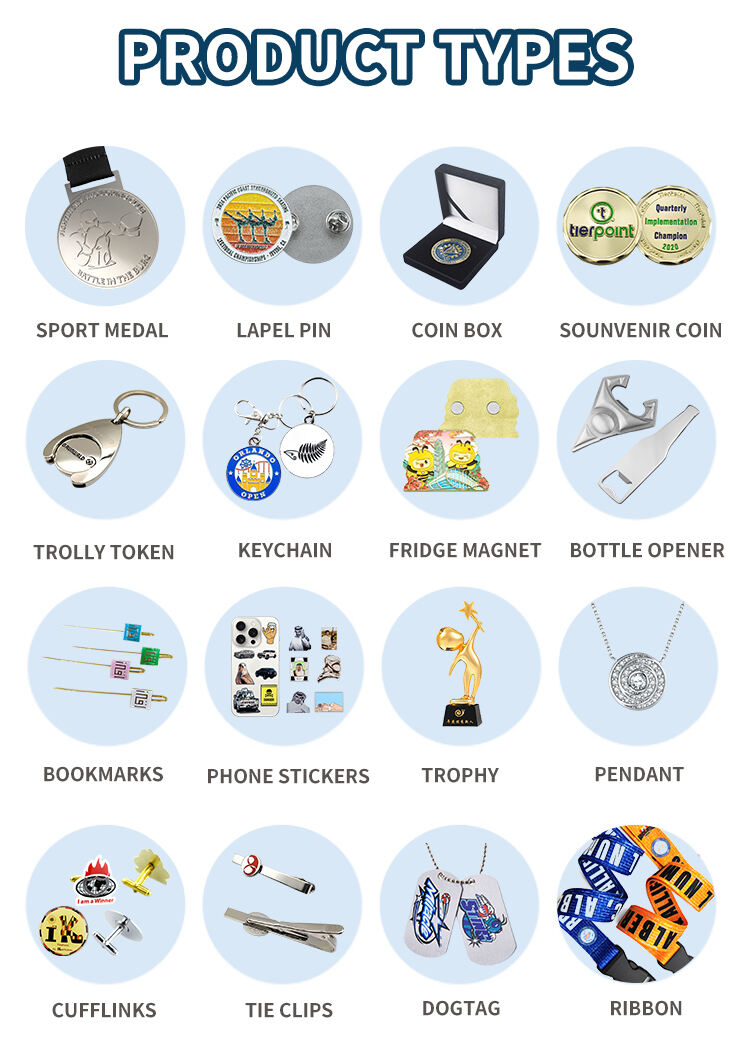About Us
Unitepins, located in Zhongshan city, is a professional manufacturer that has been producing and exporting custom promotional gifts for customers all over the world for more than 20 years.
No. 9-1, 9th Street, Yucai Road, Jiuzhouji, Zhongshan, Guangdong +86-15913444173 [email protected]
Pins with Paper Card usually refer to badges or brooches accompanied by paper cards. Here is an introduction to their origin and purpose:
Origin
Historical Origin: Looking at the history of badges themselves, early badges were mainly used for identity identification, religious symbols, military purposes, etc. In some ancient civilizations, people would make metal plates with specific symbols or patterns as signs of identity or groups. Initially, the paper card might have just been a simple packaging or explanatory tool used in conjunction with the badge. For example, when early handmade badges were sold, the maker might attach a small piece of paper with the name of the badge, its meaning, or production information.
Modern Development: With the progress of industrial production and manufacturing technology, the production of badges has become more elaborate and diverse, and the combination with paper cards has become closer and more standardized. In the 20th century, especially in scenarios such as large-scale events, commemorative occasions, or commercial promotions, badges with elaborate paper cards emerged in large numbers. For example, in major sports events like the Olympic Games, various badges with the event logo will be made, accompanied by paper cards printed with event information, the meaning of the badge pattern, and other content. In addition, when some brands launch limited edition or special series of badges, they will also carefully design paper cards to enhance the overall quality and appeal of the product.
Packaging and Protection: The most basic function of the paper card is to act as packaging, fixing the badge on it to prevent the badge from being damaged, scratched, or lost during transportation, storage, or display. Meanwhile, a suitable paper card design can make the badge more eye-catching on the shelf or in the display cabinet, attracting consumers' attention.
Information Dissemination: The paper card can carry a lot of information, such as the theme, name, series, release year, and limited quantity of the badge. It can also introduce the background of the activity, organization, culture, or story represented by the badge, helping wearers or collectors better understand the meaning and value of the badge.
Enhanced Collectible Value: For badge collectors, badges with their paper cards intact are often more valuable. The paper card, like the badge's "identity card", forms a complete collection with the badge. For some rare, historically significant, or limited-edition badges, the condition of the paper card will also affect the value assessment of the entire collection.
Brand and Culture Promotion: For brands, organizations, or event organizers, badges with specially designed paper cards are an effective publicity and promotion tool. The logo and pattern on the badge and the relevant information on the paper card can spread the brand image, cultural concept, or event theme, contributing to brand building and cultural dissemination.
Memory and Emotional Sustenance: In various commemorative activities, gatherings, or special occasions, badges with paper cards are distributed as souvenirs, helping people remember specific moments, events, or people. The paper card may be printed with photos of the event, a list of participants, or touching words, and together with the badge, they become carriers of people's emotions and memories.



